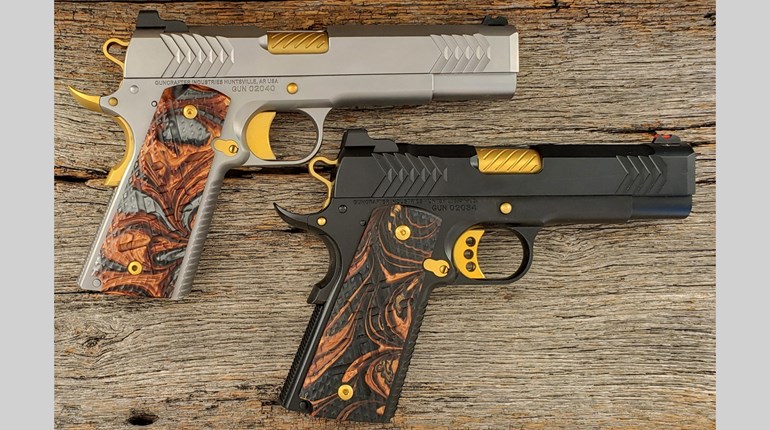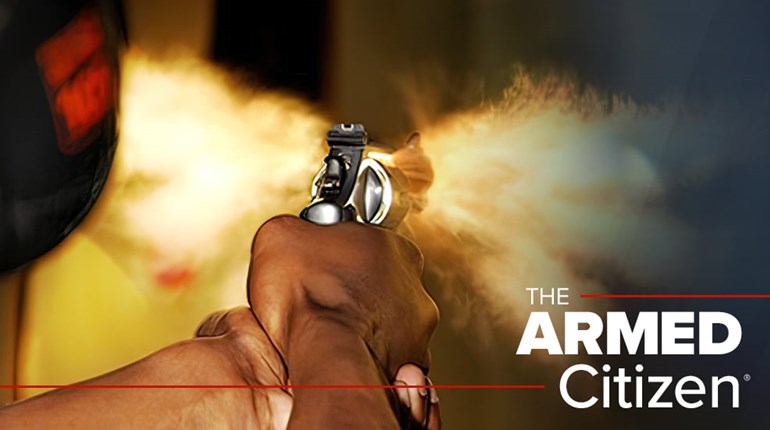
We field a lot of questions about trigger jobs. And while it seems like there ought to be a simple answer, the truth is a very different matter and depends on multiple factors.
One consideration trumps all the others despite what you may have seen on a YouTube video or read on a forum: What can you safely manipulate? This can be wildly divergent from shooter to shooter, and is only complicated by the similarly vast differences from firearm to firearm. And not just between gross action types (pistols vs. revolvers, say), but sometimes between theoretically “identical” models that roll consecutively off a production line.
From another perspective, it gets even worse: Double-action handguns have two different press weights built into their function by design. As the Brits would say: “Point?” Point. You do want to be cautious about going too low, and then introducing reliability problems. That’s really bad news in a defensive or carry gun, yet not that uncommon.
For the moment, we’re also assuming that your carry method has no bearing on these considerations: Choose a method that always, always protects the trigger until the firearm is in your hand and you are on target and ready to fire.
So how to choose, or to change?
First, decide how your handgun will be used, recognizing that virtually no firearm can do everything well. Ultimate accuracy and concealed carry, for instance, are mutually exclusive: The former requires barrel length (to fully stabilize the projectile) and sufficient sight radius for highly precise aiming, the latter moderate or even small size (for sufficiently discreet or comfortable carry). These are just two of the most obvious criteria; certainly there are others.
Second, be realistic about what you can manage. Your pal’s USPSA Limited or Open hotrod with a 1.8-pound trigger may be a thrill, but he or she has likely spent years and tens of thousands of rounds learning to manipulate it safely while moving, reloading, etc. Not that they are likely to be using such a pistol in our context: For defensive carry, think more IDPA.
But what about putting that marvelously precise trigger on a true carry gun? To cut right to it, and with apologies to the Bard and Mrs. Browning, “let me count the ways” this is not a good idea.
Two of the most important considerations don’t have anything, per se, to do with the firearm. They are instead physiological. The first is a stress response that is widely known, though misunderstood: adrenaline. There is little clinical evidence that this naturally occurring, stress-released hormone results in a short-term but dramatic strength increase that could itself cause unintentional trigger actuation. What it does cause is shaking or tremors—surely a problem on a very light trigger.
The second effect we’ve touched on before: the nervous system’s tendency to fire muscles in bilateral pairs—strongly where intended, but weakly on the other side of the body. The deconstruction here is simple: Even if you don’t intend to press the trigger, action with the other hand can lead to this sympathetic effect, and “boom,” potentially big trouble.
A third factor is by its nature imprecise. In a defensive encounter, the first casualty is likely your plan, and you emphatically don’t want to add a negligent discharge to the mix.
So über light is out. Leave it alone? A definitive “maybe” is our answer.
We’ve all received big help from technology in the last 20 years, and the difference has become even more pronounced in the last five to eight. Once “lowly” production triggers are considerably more consistent than they used to be, mainly due to the tighter tolerances that can be held in better materials with superior tools and techniques. Especially on 1911-style handguns—where truly glorious precision is possible in the hands of an expert gunsmith—the “average” trigger may be fine just as it is. (We have a carry-class Kimber in test right now that fits this description to a tee. Deeeelightful!)
Other entire classes of firearms have trigger systems that can’t be tuned, for the most part, to the exalted levels of the 1911. In a sense, they also need it less: The design of their lockwork is such that a half-pound of variation from one sample to the next is the most you’ll see. Striker-fired pistols like the Glock, SIG (320), some Walthers, FNS, Springfield XD and Smith & Wesson M&P are of this type. Think carefully about that accountability if you’re choosing or changing a defensive pistol. We strongly encourage delaying any acquisition until after you’ve tried the trigger action and function of each and every candidate—if possible, more than once.
The limitation with these is where the stock press weights fall—generally 5.5 to 6.5 pounds. Though reducing modifications are often available, our guru Gary Kimball offered a more-than-prudent observation: “It’s relatively straightforward to put noticeably better triggers in striker-fired pistols. But you want to be cautious about going too low, and then introducing reliability problems. That’s really bad news in a defensive or carry gun, yet not that uncommon.”
Wheel-gunners will find themselves in the same fix. Factory weights can be adjusted downward, but careful attention must be paid to reliability.
Simply put, it makes both these types a little harder to master—arguably too hard for situations that can become seriously injurious, or even life-and-death in split seconds. Especially above 5.5 pounds, many hundreds of rounds will likely be needed to develop precise control and maintain acceptably accurate shot placement. Even then, it’s a sad truth that some shooters lack the hand strength to make these triggers work well for them despite modest hills of brass at their feet.
We think a 4- to 5-pound trigger represents the “sweet spot” for defensive purposes, but you’ll have to determine what is best for you. Keep in mind, however, that such an excellent mechanical tune does not confer any skill in itself: That will still be up to you in the form of ongoing, systematic practice. Even then, remember you’re morally and legally accountable for each and every shot.
Think carefully about that accountability if you’re choosing or changing a defensive pistol. We strongly encourage delaying any acquisition until after you’ve tried the trigger action and function of each and every candidate—if possible, more than once. Where gun geometry meets individual ergonomics remains deeply under-appreciated, but got right (including an appropriate trigger press weight), it will help you enjoy your training sessions more and grow in both confidence and competence. Got wrong, it’s a frustrating, expensive grind that leaves you unhappy, unpracticed and worst, unprepared.
Now Carry on.


































